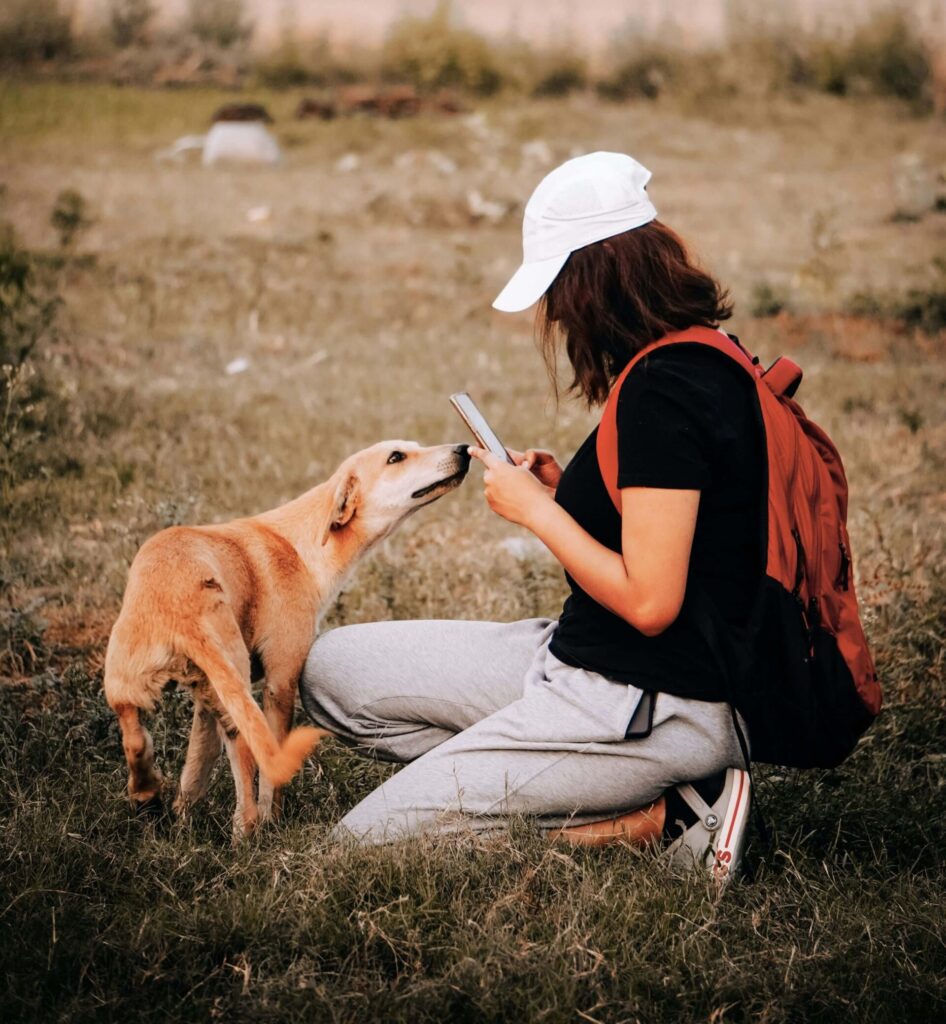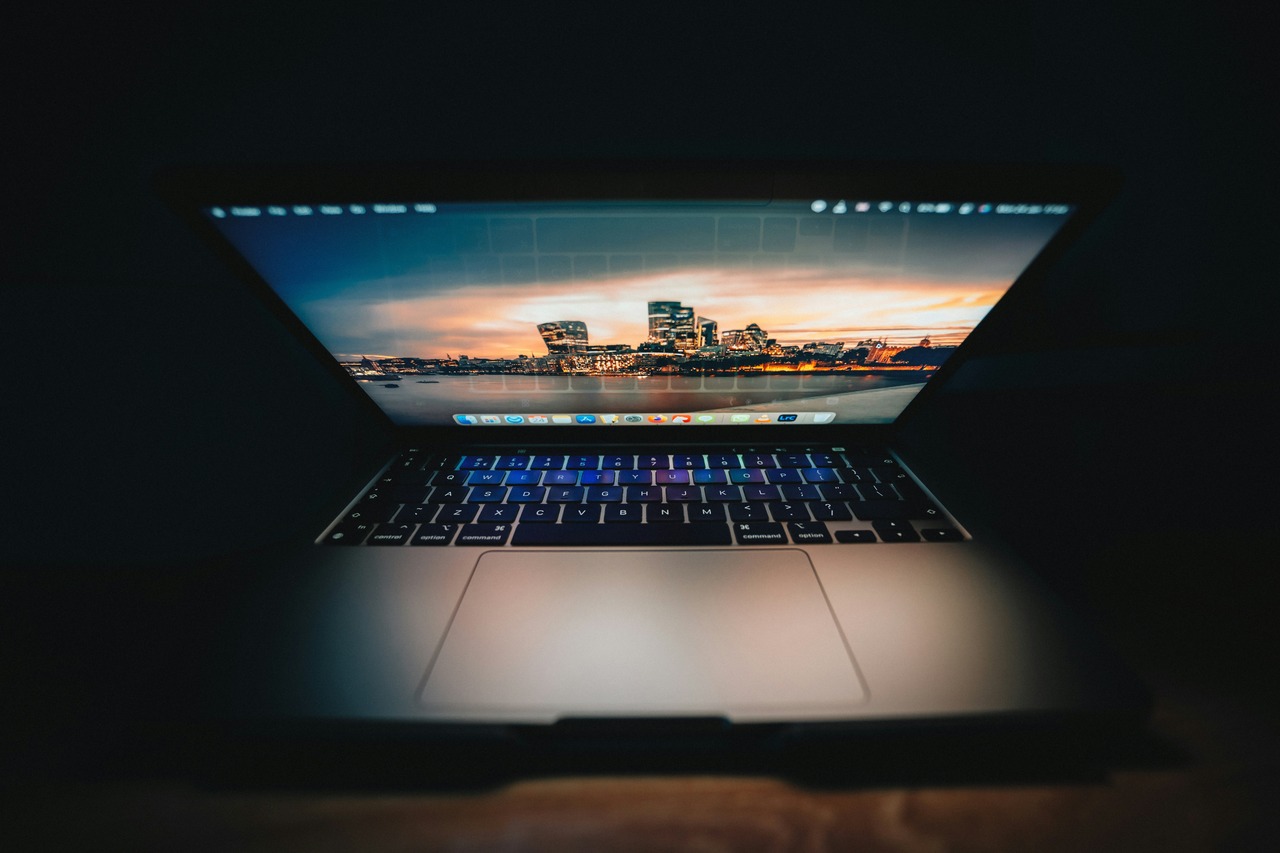AI-generated art is spreading through the internet like wildfire. Twitch streamers create entertaining content while journalists ponder AI creations through commentary and satire. Despite the widespread conversation, the trend has received a mixed reception.
Conversations surrounding art ownership and plagiarism are only a few of the concerns artists have as their work is compromised by AI art generators. Each business should consider its unique needs and public stance when deciding whether to use or avoid AI art. That said, it helps to know how AI-generated art could help and where it could harm the company or individual.
How Is AI Affecting Artists?
Let’s analyze AI art controversy and whether there’s a resolution on the horizon. These are the problems with AI art and how it could leave its mark on creatives.
The Diminishing of Human Accomplishment
Machine learning informs AI databases through vast and constantly updating streams of curated information. In the case of AI-generated art, these art directories include billions of AI drawing and images, from stock clip art to the most famous oil paintings on the planet.
With alternate text and metadata creating an even more specific categorization system among the dataset, the results of text-based AI-generated art request range from jaw-dropping to uncanny.
Because you can type phrases like “in the style of Van Gogh” or “the most beautiful [noun] in the world,” it will formulate a piece based on those keywords. Those keywords aren’t arbitrary — years of human influence and opinion reinforce them.
Therefore, AI can create art worthy of winning contests without the hours of labor and creative expertise it would typically require. Thus, AI-generated art could diminish the value of what humans have achieved so far as technology may incentivize “lazy” art generation instead of dedicating time to learning the craft.
Does this devalue independent artists and the greatest of all time simultaneously? It’s hard to tell this early in AI art’s renaissance.
The Ethics of Ownership and Adaptation
Since a dataset informs the art generations, there are several ethical quandaries humans have yet to answer:
- Who owns or can take credit for the generated piece — is it the AI, the most influential artist or an equally divided ownership of all the influences?
- Aren’t AI art generations considered plagiarism since they only create “new” art from found materials?
- Could AI art promote hateful, violent or inappropriate content from careless text entry, and how could artists respond if their art informed those pieces?
- Can artists opt out of informing AI art datasets to maintain 100% ownership of their work?
- Can any artist maintain 100% ownership of their work if it’s included in datasets?
- Are there concerns over copyright infringement?
Some argue the degree of influence of unknown artists and household names is equal in value. It’s because artist influence is the name of the AI art game — removing Warhol from the dataset wouldn’t matter because too many artists have been influenced by his work. Therefore, Warhol-inspired art would appear at near-equal quality and accuracy.
Every piece of AI-generated art is technically unique, though they are an amalgamation of information. Or, is it taking art and just changing a few details? Based on existing law, lawyers assume the text generator owns the art, whether it infringes on copyright law or not.
There are still countless unanswered ethical questions because generators like DALL·E 2 and Midjourney could have explicit terms and conditions — and sometimes pay-to-generate subscription business structures — but nobody has quelled every fear rising in artists’ minds.
The Livelihoods of Humans
Why would you pay an artist to decorate your living room when you could ask AI art generators for the perfect portrait to fit your niche aesthetic? Will artists become obsolete and jobless? Artists fear the answer to this query. Since generators only need a few taps of a keyboard to create mind-blowing art, it could lead to the death of artistry.
Creative jobs are already difficult to find and keep — with adequate compensation — so this could increase the ceiling. There is currently no compensation for inclusion in AI art-generating datasets. Businesses wonder if this is even possible, given the vastness of the net.
It’s too early in the advent of these apps to make solid determinations if they are harming artists’ pockets. Still, it will add to the more significant concern over robots stealing jobs.
Artists are crying out against AI art generators, claiming AI steals art and their livelihoods are at stake. Most fear AI uses pieces that solidify their livelihood for forgeries.
Defenders of AI art’s value state the pros outweigh the cons, as AI-generated art provides endless inspiration streams for creatively blocked artists. Or, it allows smaller artists to contribute to a more extensive well of knowledge that will change the world forever as humans adapt to living alongside AI. But does this mitigate the fact artist signatures are still appearing in AI pieces?
Should Businesses Use Artificial Intelligence-Created Art?
Given these ups and downs, where should businesses land in the question of artificial intelligence and art? It largely comes down to how the company uses this art.
The Pros
Does an AI drawing have any advantages?
Time Savings
The most obvious benefit of artificial intelligence-created art is that it saves time. Tools like Dall-E can produce images in seconds when it could take hours to do the same thing manually.
That speed is handy for both artists and businesses. Artists can generate dozens of AI-created starting blocks to inspire their own work and finish multiple pieces in minimal time. Companies can generate custom images for online content without adding hours to a project. That’s a huge advantage for sites pushing out several articles a day.
Because time is money, faster timelines translate into cost savings, too. Employees who spend less time creating custom images can do more value-adding work in less time, effectively cutting costs compared to productivity.
Consistent Brand Imaging
AI art generators are also great for creating a consistent brand image. Company websites are most engaging when they feel cohesive. Achieving that is difficult with royalty-free illustrations and photos, but AI unlocks new possibilities.
Using the same template for generative AI prompts ensures the finished products look similar. For example, you could choose specific colors or an art style that aligns with your website and then request those in every AI prompt. Once you figure out a prompt that gets what you’re looking for, using it every time will create more consistent results.
This consistency lets websites have all the familiarity and cohesion of a solid brand logo while depicting different things for each post. Building an engaging, aesthetically pleasing and unique site becomes much easier.
Creative Inspiration
AI-created art also has creative advantages. In most cases, humans outperform computers by a wide margin regarding creative work. However, getting started and finding inspiration can be hard. AI makes it easier.
Generating AI images is a fast, easy way to get inspiration. You can create multiple renditions of the same topic to see different directions to take an idea. That can make finding starting point for your creative work easier.
Some AI art generators even have tools to tweak earlier products, letting you adjust an image to get a better idea of where you want to take it. Even if you end up creating something entirely different, generative AI can kick-start your creativity by providing different angles and ideas.
The Cons
Adversely, there are even more problems with AI art than boons.
Copyright and Other Legal Issues
Navigating copyright laws can be tricky with generative AI. Right now, U.S. copyright law only applies to human-created work, so you can’t copyright anything from Dall-E or Midjourney, even though you wrote the prompt.
That puts businesses using AI-generated art in an unusual situation. On the one hand, they can freely use any AI-created art they want without infringing on someone else’s copyright — at least in legal terms. On the other, they can’t copyright any of their AI art. If you post an AI image, someone else can use it, and you can’t sue them for it.
This strange legal standing also raises questions about profitability. Can you safely profit from something you don’t technically own the rights to? It’s also worth considering that AI has garnered increased legal attention as it’s grown. AI copyright laws could change, so building a business model on AI-generated art may be too soon.
Questionable Ethics
Legal issues aside, artificial intelligence-created art comes with a handful of ethical questions. Even if the law says AI-generated art doesn’t belong to anyone, many artists claim it’s a form of plagiarism.
Artificial intelligence technically doesn’t create anything new but combines and tweaks existing art. As mentioned, you could consider AI-generated art plagiarism because it recycles ideas from human artists. Compounding the issue is the fact that most AI generators don’t compensate artists for their art when they use it in training datasets, and many train AI on pieces without original artists’ knowledge or consent.
Artistic Shortcomings
On a less serious note, artificial intelligence is only sometimes a great artist. AI lacks logic, so it can’t tell when something is off. As a result, you can get pictures of humans with blurry faces or eight fingers.
Because AI art lacks a human touch, sometimes it has an “uncanny valley” effect. You may not be able to pinpoint what about it looks wrong, but it doesn’t look quite right. That unsettling feeling can make AI-generated art less impactful.
The Verdict
In light of the ethical and legal questions AI art brings, companies should avoid monetizing AI art in any way. Similarly, it’s important to ensure their AI usage never takes a human artist’s job. Instead, they should use it to help human workers.
AI art is fine for featured images or illustrations where they save content creators time but aren’t the content’s main revenue source. Similarly, artists can use them for inspiration or as a starting point when taking on bigger manual projects. No matter the specifics, if a business uses AI in any capacity, it should be transparent about it.
The Influence of AI-Generated Art
Now that AI art generators are commonplace, it’s unlikely they will disappear — more data will only make them more intelligent and accurate. More discussions will inform more laws and regulations regarding usage and copyright, flinging countries into a never-before-seen era of artistic law and ownership. The age-old question of what art is will only become more nebulous as AI-generated art becomes the norm.
As the trend grows, the world will likely come to a legal and ethical consensus on how to use it responsibly. Until then, it’s a useful tool, but one that everyone should use carefully.
This post was originally published on March 25, 2023. It was updated on December 18, 2024 to provide more information for readers.
Recent Stories
Follow Us On
Get the latest tech stories and news in seconds!
Sign up for our newsletter below to receive updates about technology trends




